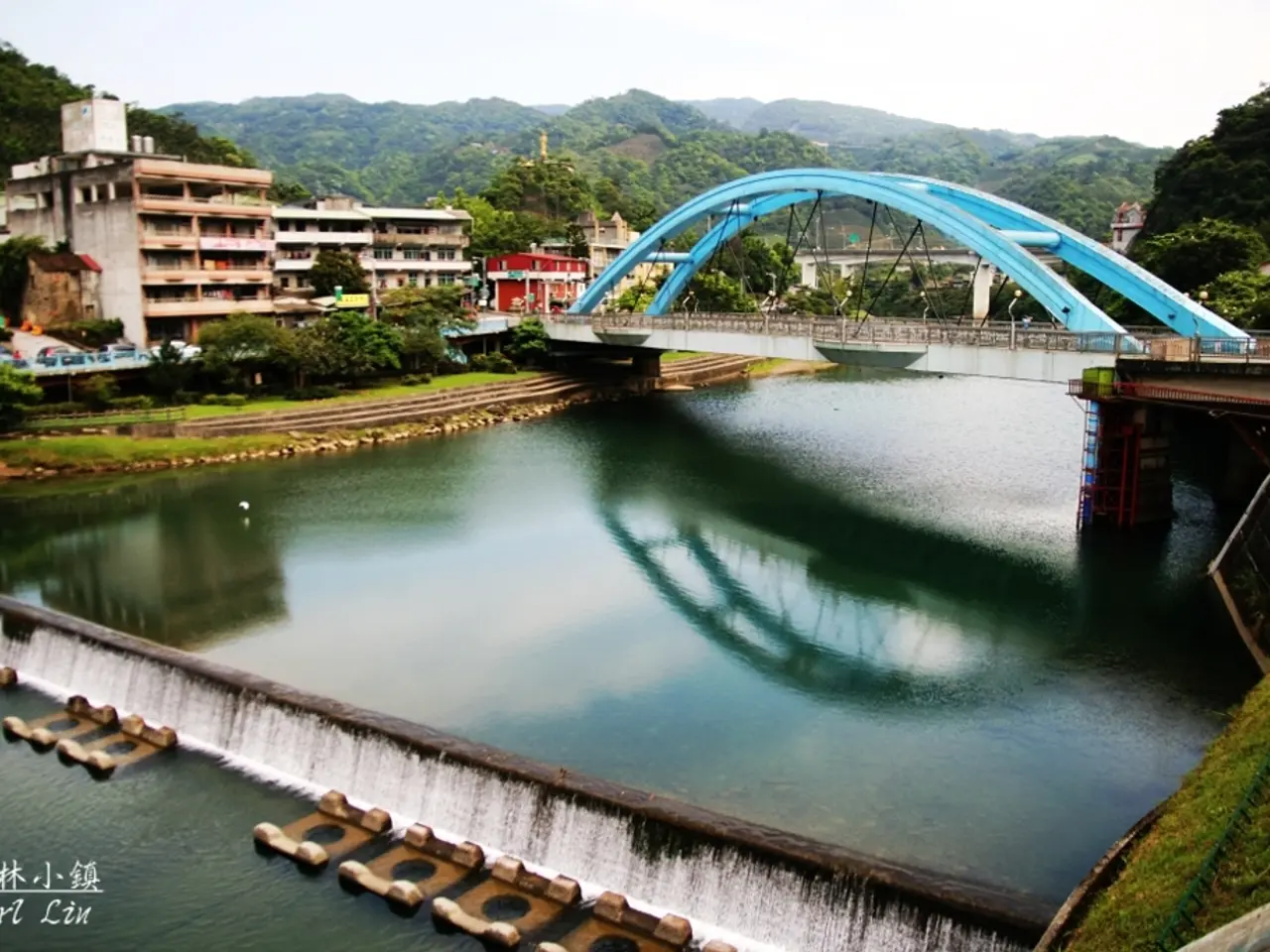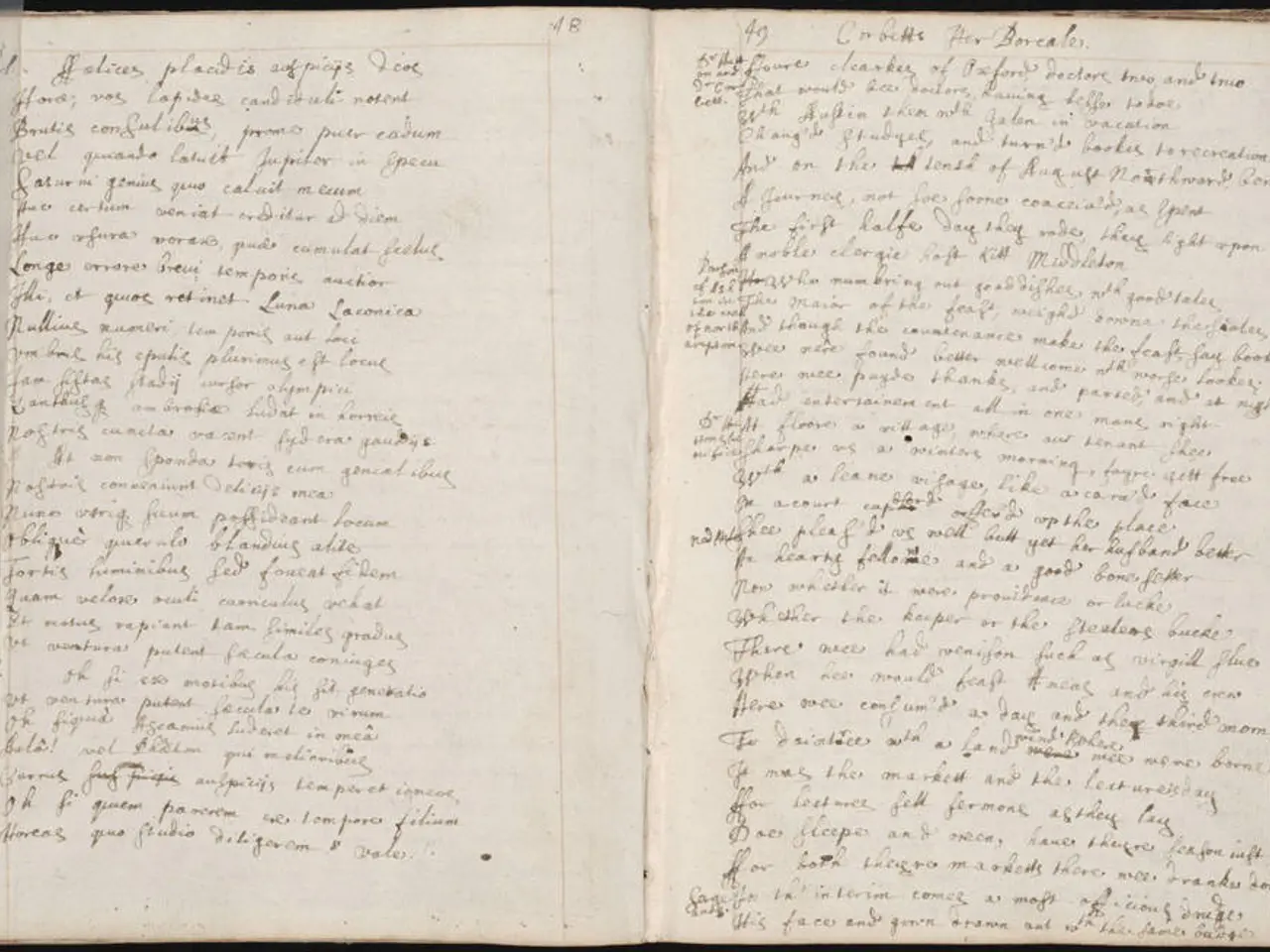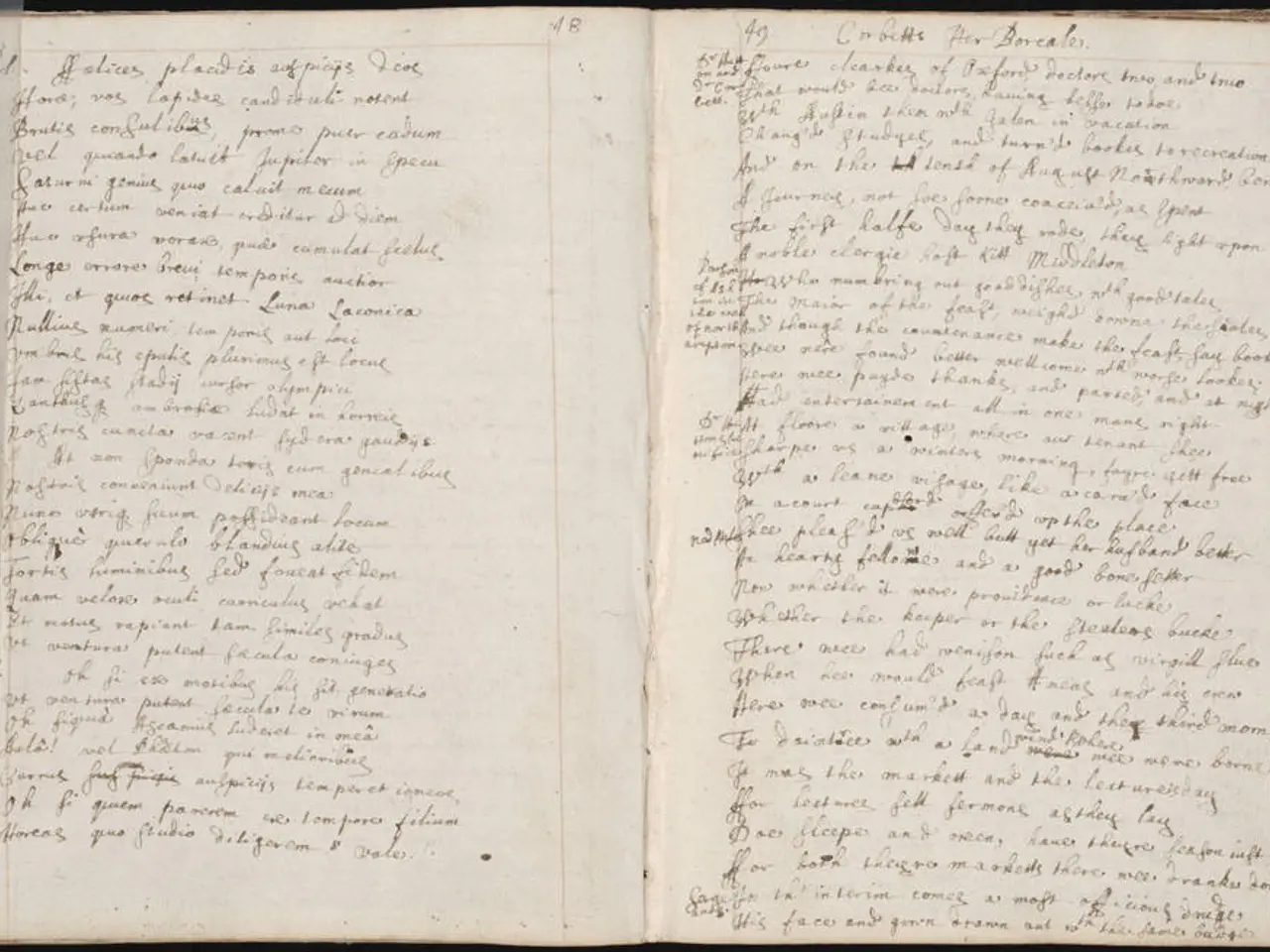Reconstruction aid amounting to approximately two billion euros has been distributed in the Ahr region. - Approximately 2 billion euros in relief funds for the rebuilding of the Ahr valley
The reconstruction of the Ahr Valley, Germany, which was hit by a devastating flood in July 2021, has made steady progress but faces significant hurdles. Key aspects include the timeline, bureaucratic complexities, and modernization efforts.
**Timeline and Progress:**
Initiated immediately after the flood, the reconstruction has seen significant advancements, with notable projects such as the Heppinger Bridge reconstruction underway by mid-2022, indicating substantial progress in infrastructure repair. Ongoing research and monitoring efforts aim to better understand flood hazards and inform reconstruction strategies.
**Bureaucratic Hurdles:**
One of the significant challenges reported in flood recovery is the bureaucratic complexity, slowing down the pace of reconstruction. The administrative processes around funding, permitting, and coordination among various governmental levels have been described as cumbersome, causing delays in rebuilding homes, infrastructure, and public services.
**Modernization and Resilience Efforts:**
Reconstruction in the Ahr Valley is being leveraged as an opportunity to modernize infrastructure, not merely restore it. Innovative construction projects, such as the Heppinger Bridge, are being undertaken by organizations like Schlaich Bergermann Partner, applying advanced materials and building techniques aimed at sustainability and climate resilience.
There is a strong focus on research and development for sustainable, lightweight, and resilient construction methods, including carbon fiber composites and infra-lightweight concrete. Additionally, efforts include integrating flood risk modeling and early warning systems based on high-resolution monitoring and machine learning to better prepare for future hazards.
AfD MP Sebastian Münzenmaier, in a recent statement, acknowledged the progress in the Ahr Valley reconstruction, albeit at a slower pace than expected. The Federal Ministry of the Interior, based in Mainz, Rhineland-Palatinate, is overseeing the reconstruction process. The state government has taken steps to simplify procedures and streamline processes to speed up the reconstruction.
By mid-July, over 3.06 billion euros had been approved across all funding areas, according to the Ministry. However, the process takes time due to the nature of the reconstruction. The cities involved in the reconstruction include Bad Neuenahr-Ahrweiler. The Ministry emphasized that the reconstruction is not just about rebuilding to the state before the flood, but also about adapting to high water levels and modernizing.
In summary, while reconstruction in the Ahr Valley has made steady progress since the 2021 floods, it is hindered by complex bureaucratic processes that delay rebuilding and recovery. However, these efforts are coupled with a modernization push emphasizing sustainable, innovative engineering and enhanced flood resilience to mitigate risks from future extreme weather events.
Community aid is crucial in overcoming the bureaucratic hurdles faced during the reconstruction of the Ahr Valley, as public support can help expedite administrative processes.
Policy-and-legislation, particularly at the federal and state level, plays a significant role in helping less-favored regions like the Ahr Valley recover from natural disasters, as effective legislation can streamline processes and provide necessary funding for reconstruction and modernization efforts.








